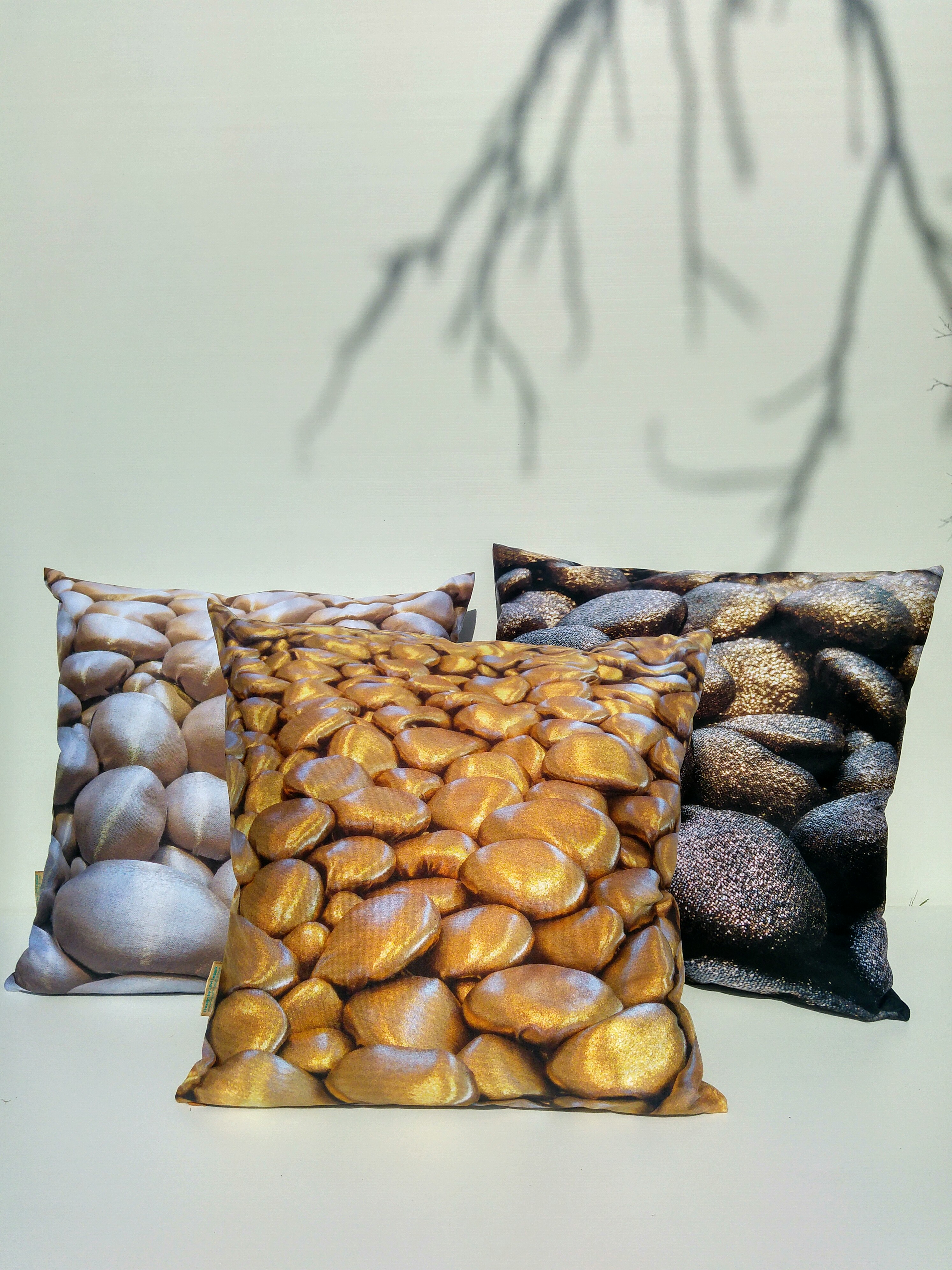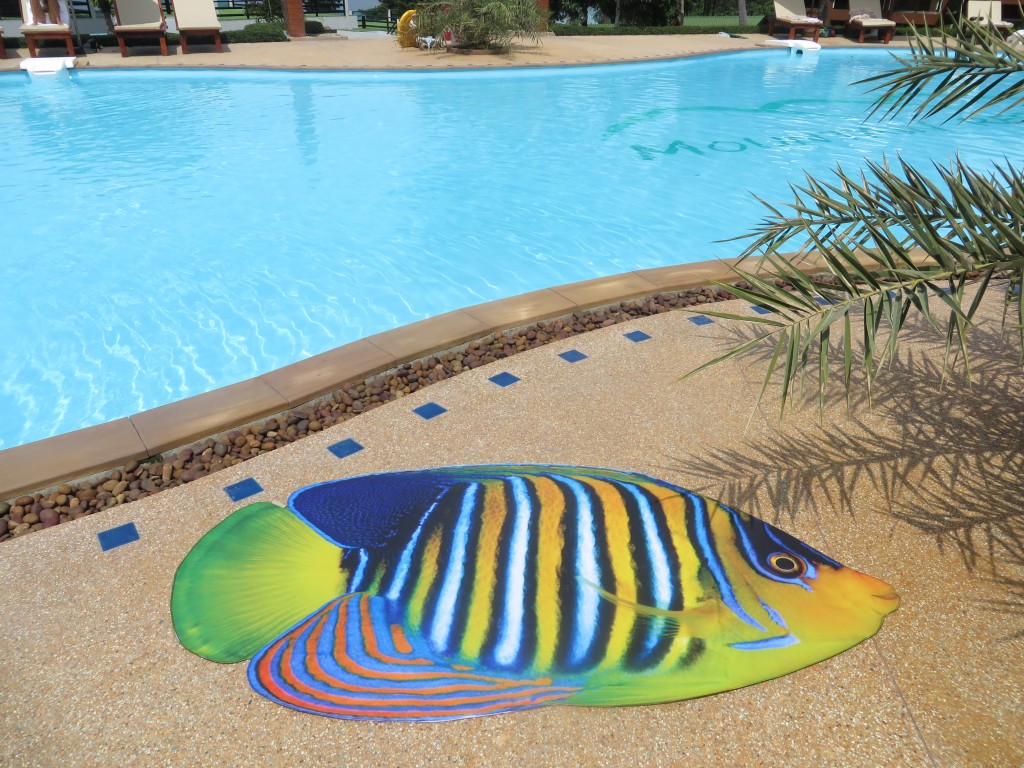

The Baltic coastal fishery consists of approximately 600 vessels, employing 2,500 workers. These are landed mainly at Estonian ports and sold to fish freezing and processing companies (Eurofish, 2015b). The majority of the catch is sprat and herring. The Baltic trawl fishery consists of approximately 50 vessels, employing 500 workers. These were active mainly in the Northwest Atlantic, Northeast Atlantic and Svalbard.

In 2014, the distant water fleet was composed for six vessels. The Estonian fish catching sector is composed of four segments: the Atlantic distant water, the Baltic trawl, the Baltic coastal, and the inland water fleets. The fish processing segment, although generating more income, did so with a smaller workforce of approximately 127 FTE. This, along with the average vessel tonnage of 4 GT, indicates the small-scale and part-time nature of the majority of the Estonian fisheries segment. The fish catching segment employed 485 FTE. 247 enterprises – 22% of all fishing companies – owned more than one vessel. In 2015, there were 1,534 registered commercial fishing vessels in Estonia. Its main import partners were Finland (18%), Sweden (18%), and Lithuania (15%). Fish exports accounted for slightly under 1% of Estonia’s GDP.Ĩ3% of Estonia’s fish imports originated from EU countries. The main export destination for Estonian fish products were Finland (20%), Sweden (11%) and the Ukraine (9%). 61% of Estonia’s fish exports were destined for EU countries. The country exported EUR 142 million worth of fish and fish products, while it imported EUR 119 million.

Processing generated another EUR 127 million in production revenue in 2016.Įstonian maintained a slight trade surplus in fish in 2016 of EUR 22 million. In 2015, Estonian fishing companies generated EUR 15 million in landings income. Composition of the Estonian seafood sector


 0 kommentar(er)
0 kommentar(er)
